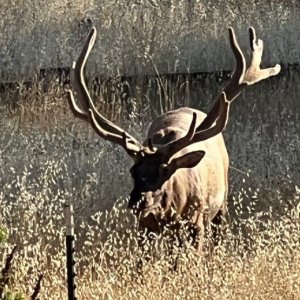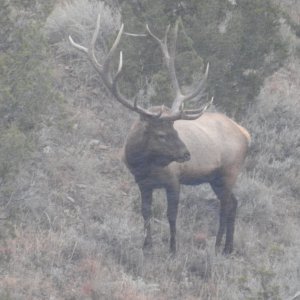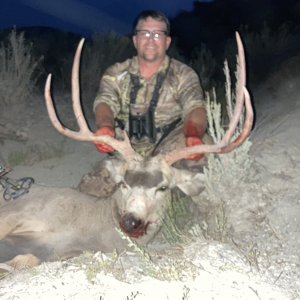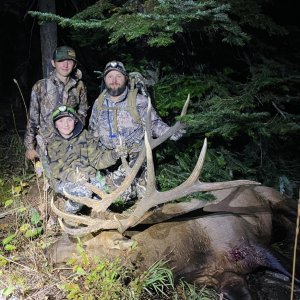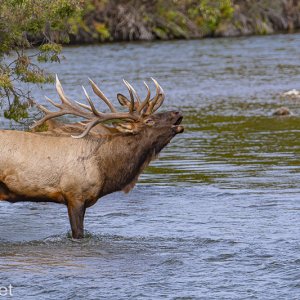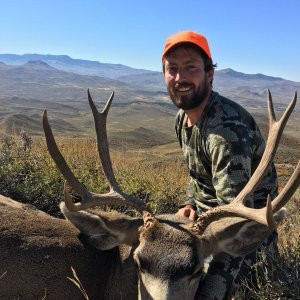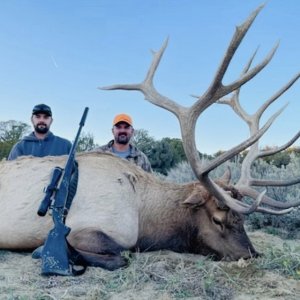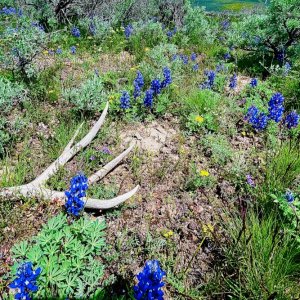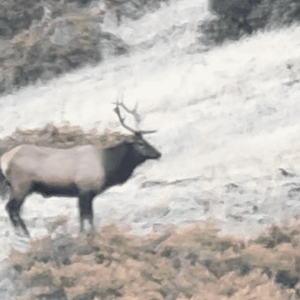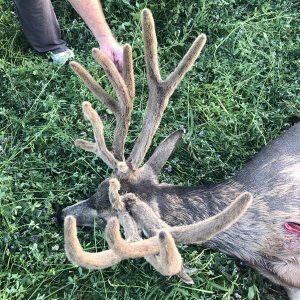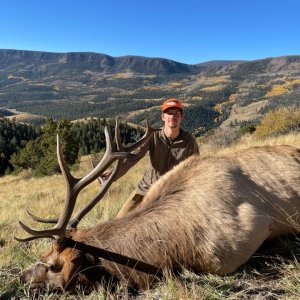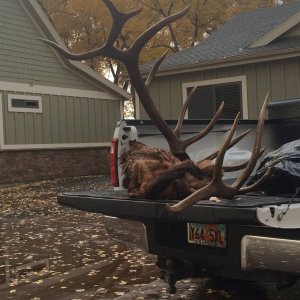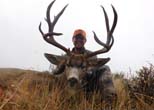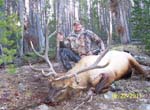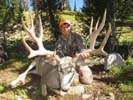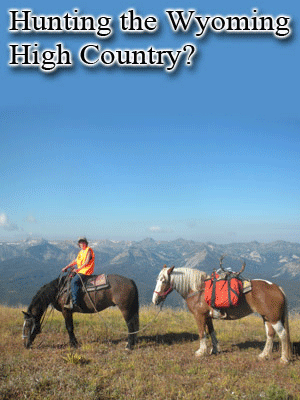JakeSwensen
Active Member
- Messages
- 666
We are all aware that winters with deep snow and prolonged cold temperatures are hard on mule deer populations. I'm talking mountain mule deer here. During the 2010/2011 winter in western Wyoming, I believe fawn survival was below 10% but I also remember some really big bucks were killed in the fall of 2011(Magnum in Wyoming for example). I also remember hearing that the collard does were very fat coming into the winter of 2011/12. That winter was fairly mild if I remember correctly. I saw many does with twins or triplets in the fall of 2012. I think fawn survival was over 70% in 2011/2012 winter in western Wyoming. Does deep snow equal improved vegetation on summer and winter range going into the next year?
What have you other hunters seen over the years?
I'm hoping some of the bucks that survive this winter will grow their best set of antlers this year.
What have you other hunters seen over the years?
I'm hoping some of the bucks that survive this winter will grow their best set of antlers this year.

